Exhibition dates: 24th April – 30th July 2017
Irving Penn. The high priest of high modernist photography.
I know a lot of people adore his photography but I am not an acolyte quietly accepting his elevation to sainthood in the high temple of art museums.
I find Penn’s aesthetic aesthetic, his performing photography if you like, unappealing. To me his work is more about the photographer than it is about the subject. His photographs, in whatever style – portraiture, nude, still life – seem cold and lifeless. Like a dead fish. There is little pleasure to be gained from looking at his photographs or the people in them. I find little celebration of photography in his work, as in, this is what the camera does at its best, a dialogue between photographer and subject.
Penn was a commercial photographer who had aspirations of being an artist. As Mark L. Power observes, “One of the characteristics of the Penn style was the expressive silhouette or outline around the figure, a sculptural delineation of form, at once beautiful and austere, whether his subject was a still life, a fashion model or a portrait.” My god did he love silhouette and shadow, usually played off against a plain backdrop.
There is that key word, play. There is no sense of spontaneity in his photographs, no sense of fun, no sense of an understanding of the aura of the subject.
I think of the portraits of August Sander or Richard Avedon’s series In the American West (the latter using a plain backdrop), both with their depth of vision and feeling for the people they were photographing … and then I look at the Cuzco portraits of Penn. I get nothing back about the lives of these people in Penn’s photographs. I think of the distorted nudes of Bill Brandt with their sensuality and sublime angles … and then I look at the nudes of Penn. They just don’t stack up, they feel clumsy, trite. I look at his colour still life, and I imagine the colour work of Paul Outerbridge, the absolute intensity of feeling that I can recall from Outerbridge’s still life in my mind’s eye. No such feeling exists in Penn’s still life.
If you watch the video of Penn at work in Morocco in 1971 (below), everything is controlled to within an inch of its life. A tilt of the head here, a raise of the chin there. This is a commercial studio photographer at work. As I said earlier, the work is not a celebration of photography but about the control of the photographer through the pose of the subject. Jammed into a wedge of scenery the sitters perform for his camera – Schiaparelli, Capote, Charles James et al – flaccid characters, almost caricatures in their positioning. Other than variants such as the intense eye of Pablo Picasso, or the blindness of Ingmar Bergman, I don’t believe that Penn was ever, will ever be, a great portraitist. He has no feeling for his sitters.
Of course, there is “the relationship of content to form – a relationship that underpins all art” at which Penn excels, but he is no Atget, Evans or Eggleston, where we are constantly surprised at where the photographer places the camera, how they place the frame, how they “form the starting point of the image’s visual structure,” how we wonder at the results, how we day dream the narrative. As Victor Burgin observes, “… what the world ‘is’ depends extensively upon how it is described: in a culture where the expression ‘old bag’ is in circulation to describe an ageing woman that is precisely what she is in perpetual danger of ‘being’.”
In Penn’s work the photograph and its representation is never in any danger of “becoming”, it already is. Penn’s “old bag” never changes. By repeating the same trope over and over – the formalist aesthetic, the silhouette, the plain back drop, the controlled pose – his work never evolves, never moves with an illusive quality to a place that the viewer does not feel they already know. The world of murky imperfection, uncertainty and ephemeral juxtapositions to which our mortal senses have access is replaced by a world of perfection and light in which everything has its predestined place.
Perhaps I just long for the fundamental contradictions of life in art, antinomies, options for now and the future.
Dr Marcus Bunyan
Many thankx to the Metropolitan Museum of Art for allowing me to publish the photographs in the posting. Please click on the photographs for a larger version of the image.
Irving Penn on Location in Morocco, 1971
This 8mm film footage, shot by Lisa Fonssagrives-Penn in 1971, shows Irving Penn at work in his portable studio on location in Morocco. Presented in conjunction with the exhibition “Irving Penn: Centennial,” on view at The Met Fifth Avenue from April 24 through July 30, 2017.
Irving Penn Centennial
A preview of the exhibition Irving Penn Centennial April 24 – July 30, 2017 at The Met, featuring Jeff Rosenheim, Curator in Charge, Photographs, The Metropolitan Museum of Art and Maria Morris Hambourg, Independent Curator and Former Curator in Charge, Photographs, The Metropolitan Museum of Art.
“As a way of beginning, one might compare the art of photography to the act of pointing. All of us, even the best-mannered of us, occasionally point, and it must be true that some of us point to more interesting facts, events, circumstances, and configurations than others. It is not difficult to imagine a person – a mute Virgil of the corporeal world – who might elevate the act of pointing to a creative plane, a person who would lead us through the fields and streets and indicate a sequence of phenomena and aspects that would be beautiful, humorous, morally instructive, cleverly ordered, mysterious, or astonishing, once brought to our attention, but that had been unseen before, or seen dumbly, without comprehension. This talented practitioner of the new discipline (the discipline a cross between theater and criticism) would perform with a special grace, sense of timing, narrative sweep, and wit, thus endowing the act not merely with intelligence, but with that quality of formal rigor that identifies a work of art, so that we would be uncertain, when remembering the adventure of the tour, how much of our pleasure and sense of enlargement had come from the things pointed to and how much from a pattern created by the pointer.”
John Szarkowski. “Atget, Pointing”
“The word classic is often used about Penn’s work; it entails a certain gravitas characterised by rigour almost to the point of aloofness, an awareness of beauty throughout many genres, a graphic elegance of line and contour that is uniquely his, and a relationship of his work to artists of the past, usually painters rather than photographers. Although it could be said his photography was an advertisement for a haut monde world, his work was sometimes a subtle and somewhat sly subversion of the values of that lifestyle.”
Mark L. Power. “Irving Penn: Beyond Beauty,” at the Smithsonian Museum of American Art, Washington, DC.
The most comprehensive retrospective to date of the work of the great American photographer Irving Penn (1917-2009), this exhibition will mark the centennial of the artist’s birth. Over the course of his nearly 70-year career, Penn mastered a pared-down aesthetic of studio photography that is distinguished for its meticulous attention to composition, nuance, and detail.
The exhibition follows the 2015 announcement of the landmark promised gift from The Irving Penn Foundation to The Met of more than 150 photographs by Penn, representing every period of the artist’s dynamic career with the camera. The gift will form the core of the exhibition, which will feature more than 200 photographs by Penn, including iconic fashion studies of Lisa Fonssagrives-Penn, the artist’s wife; exquisite still lifes; Quechua children in Cuzco, Peru; portraits of urban labourers; female nudes; tribesmen in New Guinea; and colour flower studies. The artist’s beloved portraits of cultural figures from Truman Capote, Picasso, and Colette to Ingmar Bergman and Issey Miyake will also be featured. Rounding out the exhibition will be photographs by Penn that entered The Met collection prior to the promised gift.
Irving Penn (American, Plainfield, New Jersey 1917-2009 New York)
Young Quechuan Man, Cuzco
December 1948, printed 1949
Gelatin silver print
7 15/16 x 7 3/16 in. (20.1 x 18.2cm)
Promised Gift of The Irving Penn Foundation
© The Irving Penn Foundation
In Cuzco, Penn photographed both residents and visitors who came to the city from nearby villages with goods to sell or barter at the Christmastime fiestas. Many arrived at the studio to sit for their annual family portraits. Penn later recalled that they “found me instead of him [the local photographer] waiting for them, and instead of paying me for the pictures it was I who paid them for posing.”
Irving Penn (American, Plainfield, New Jersey 1917-2009 New York)
Cuzco Children
December 1948, printed 1968
Platinum-palladium print
19 1/2 x 19 7/8 in. (49.5 x 50.5cm)
Promised Gift of The Irving Penn Foundation
© Condé Nast
Irving Penn (American, Plainfield, New Jersey 1917-2009 New York)
Two Men in White Masks, Cuzco
December 1948, printed 1984
Gelatin silver print
10 9/16 x 10 7/16 in. (26.8 x 26.5cm)
Promised Gift of The Irving Penn Foundation
© The Irving Penn Foundation
Irving Penn (American, Plainfield, New Jersey 1917-2009 New York)
Cuzco Father and Son with Eggs
December 1948, printed January 1982
Platinum-palladium print
11 3/4 x 11 5/16 in. (29.8 x 28.7cm)
Promised Gift of The Irving Penn Foundation
© Condé Nast
Irving Penn (American, Plainfield, New Jersey 1917-2009 New York)
Nude No. 18
1949-1950, printed 1949-1950
Gelatin silver print
41 x 38.4cm (16 1/8 x 15 1/8 in.)
Gift of the artist, 2002
© The Irving Penn Foundation
Irving Penn (American, Plainfield, New Jersey 1917-2009 New York)
Nude No. 42
1949-1950, printed 1949-1950
Gelatin silver print
39.1 x 37.5cm (15 3/8 x 14 3/4 in.)
Gift of the artist, 2002
© The Irving Penn Foundation
Irving Penn (American, Plainfield, New Jersey 1917-2009 New York)
Nude No. 57
1949-1950, printed 1949-1950
Gelatin silver print
39.4 x 37.5cm (15 1/2 x 14 3/4 in.)
Gift of the artist, 2002
© The Irving Penn Foundation
Irving Penn (American, Plainfield, New Jersey 1917-2009 New York)
Nude No. 72, New York
1949-1950, printed 1949-1950
Gelatin silver print
39.7 x 37.5cm (15 5/8 x 14 3/4 in.)
Gift of the artist, 2002
© The Irving Penn Foundation
Irving Penn (American, Plainfield, New Jersey 1917-2009 New York)
Nude No. 130
1949-1950, printed 1949-1950
Gelatin silver print
40 x 38.1cm (15 3/4 x 15 in.)
Gift of the artist, 2002
© The Irving Penn Foundation
Irving Penn (American, Plainfield, New Jersey 1917-2009 New York)
Kerchief Glove (Dior), Paris
1950, printed 1984
Gelatin silver print
15 3/8 x 15 5/16 in. (39.1 x 38.9cm)
Promised Gift of The Irving Penn Foundation
© Condé Nast
Irving Penn (American, Plainfield, New Jersey 1917-2009 New York)
Balenciaga Sleeve (Régine Debrise), Paris
1950
Gelatin silver print
10 3/16 x 10 7/16 in. (25.9 x 26.5cm)
Promised Gift of The Irving Penn Foundation
© Condé Nast
In general, daughters from nice families were not encouraged to be in-house models. “Being a studio model was viewed as preferable,” said Régine Debrise, who posed for the photographers Irving Penn and Henry Clarke before becoming an editor at French Vogue, “because the hours were contained and the conditions were better. Being in-house meant sharing the cabine, often a cramped room, with 10 other girls, and it lacked any kind of privacy.”
Anonymous. “Cabine fever: inside Dior’s fitting room,” on The Telegraph website [Online] Cited 14/07/2017. No longer available online
Irving Penn (American, Plainfield, New Jersey 1917-2009 New York)
Balenciaga Mantle Coat (Lisa Fonssagrives-Penn), Paris
1950, printed 1988
Platinum-palladium print
21 15/16 x 17 5/8 in. (55.7 x 44.7cm)
Promised Gift of The Irving Penn Foundation
© Condé Nast
Lisa Fonssagrives (May 17, 1911 – February 4, 1992), born Lisa Birgitta Bernstone was a Swedish fashion model widely credited as the first supermodel.
Before Fonssagrives came to the United States in 1939, she was already a top model. Her image appeared on the cover of many magazines during the 1930s, 1940s and 1950s, including Town & Country, Life, Time, Vogue, and the original Vanity Fair. She was reported as “the highest paid, highest praised, high fashion model in the business”. Fonssagrives once described herself as a “good clothes hanger”.
She worked with fashion photographers including George Hoyningen-Huene, Man Ray, Horst, Erwin Blumenfeld, George Platt Lynes, Richard Avedon, and Edgar de Evia. She married Parisian photographer Fernand Fonssagrives in 1935; they divorced and she later married another photographer, Irving Penn, in 1950. She went on to become a sculptor in the 1960s and was represented by the Marlborough Gallery in Manhattan.
Text from the Wikipedia website
Irving Penn (American, Plainfield, New Jersey 1917-2009 New York)
Woman with Roses (Lisa Fonssagrives-Penn in Lafaurie Dress), Paris
1950, printed 1968
Platinum-palladium print
22 x 15 11/16 in. (55.9 x 39.9cm)
Promised Gift of The Irving Penn Foundation
© Condé Nast (Fr.)
Jeanne LaFaurie was a Paris couturiere working from 1925 until 1958. The house was known for dependable, if not spectacular, clothing and fine draping. Courreges worked there as a draftsman in 1947. Michel Goma became the house designer 1950-1958, when he bought the house and renamed it. It closed in 1963.
pastperfectvintage.com. “La Faurie, Jeanne,” on the Vintage Fashion Guild website Jul 17, 2010 [Online] Cited 21/12/2021
Irving Penn (American, Plainfield, New Jersey 1917-2009 New York)
Rochas Mermaid Dress (Lisa Fonssagrives-Penn), Paris
1950
Platinum-palladium print
Image
19 7/8 x 19 11/16 in. (50.5 x 50cm)
Promised Gift of The Irving Penn Foundation
© Condé Nast
Rochas is a fashion, beauty, and perfume house founded in 1925 by French designer Marcel Rochas (born 1902, died 1955) the first designer of 2/3-length coats and skirts with pockets. “His designs could be seen as the polar opposite of Chanel’s simplicity. Dresses were proper gowns and came with the optimum amount of frills, with lace, wide shoulders and nipped-in waists.”
Irving Penn (American, Plainfield, New Jersey 1917-2009 New York)
Large Sleeve (Sunny Harnett), New York
1951, printed 1984
Gelatin silver print
14 3/4 x 14 3/4 in. (37.5 x 37.5cm)
Promised Gift of The Irving Penn Foundation
© Condé Nast
Annemarie Margot “Sunny” Harnett (1924 – May 1987) was an American model in the 1950s and actress. She can be found in fashion magazines throughout that era – including frequently on the cover of Vogue – and was often a model of choice by photographer Edgar de Evia. Harper’s Bazaar ranks her as one of the 26 greatest models of all time.
Irving Penn (American, Plainfield, New Jersey 1917-2009 New York)
Marchand de Concombres [Cucumber Seller]
1950, printed 1976
Platinum-palladium print
Purchase, The Lauder Foundation and The Irving Penn Foundation Gifts, 2014
© The Irving Penn Foundation
Irving Penn (American, Plainfield, New Jersey 1917-2009 New York)
Marchande de Ballons, Paris
1950, printed 1976
Platinum-palladium print
15 3/4 × 12 9/16 in. (40 × 31.9cm)
Purchase, The Lauder Foundation and The Irving Penn Foundation Gifts, 2014
© Les Editions Condé Nast S. A.
Irving Penn (American, Plainfield, New Jersey 1917-2009 New York)
Window Washer
1950, printed 1967
Platinum-palladium print
19 7/8 × 14 13/16 in. (50.5 × 37.6cm)
Purchase, The Lauder Foundation and The Irving Penn Foundation Gifts, 2014
© The Irving Penn Foundation
Irving Penn (American, Plainfield, New Jersey 1917-2009 New York)
Fishmonger, London
1950, printed 1976
Platinum-palladium print
19 11/16 × 14 13/16 in. (50 × 37.6cm)
Purchase, The Lauder Foundation and The Irving Penn Foundation Gifts, 2014
© Condé Nast Publications Ltd.
Irving Penn (American, Plainfield, New Jersey 1917-2009 New York)
Pablo Picasso at La Californie, Cannes
1957, printed February 1985
Platinum-palladium print
18 5/8 x 18 5/8 in. (47.3 x 47.3cm)
Promised Gift of The Irving Penn Foundation
© The Irving Penn Foundation
When Penn arrived at Picasso’s house in the south of France, the artist pretended not to be home. But after Penn’s assistant climbed over the locked gate, Picasso granted the photographer ten minutes. Covering his sweat-shirt with a Spanish cape, Picasso tried to playfully deflect him. Variants of this image show how Penn patiently worked the pose, allowing the artist his costume play while progressively boring in to isolate the riveting gaze of his left eye.
Irving Penn (American, Plainfield, New Jersey 1917-2009 New York)
Ingmar Bergman, Stockholm, 1964
1964, printed 1992
Gelatin silver print
15 1/16 x 14 15/16 in. (38.3 x 37.9cm)
Promised Gift of The Irving Penn Foundation
© The Irving Penn Foundation
Irving Penn (American, Plainfield, New Jersey 1917-2009 New York)
Single Oriental Poppy, New York
1968, printed 1989
Dye transfer print
21 7/8 x 17 1/8 in. (55.5 x 43.5cm)
Promised Gift of The Irving Penn Foundation
© The Irving Penn Foundation
Irving Penn (American, Plainfield, New Jersey 1917-2009 New York)
Naomi Sims in Scarf, New York, c. 1969
c. 1969, printed 1985
Gelatin silver print
10 1/2 x 10 3/8 in. (26.6 x 26.3cm)
Promised Gift of The Irving Penn Foundation
© The Irving Penn Foundation
Naomi Ruth Sims (March 30, 1948 – August 1, 2009) was an American model, businesswoman and author. She was the first African-American model to appear on the cover of Ladies’ Home Journal, and is widely credited as being the first African-American supermodel. …
She became one of the first successful black models while still in her teens, and achieved worldwide recognition from the late 1960s into the early 1970s, appearing on the covers of prestigious fashion and popular magazines. The New York Times wrote that (her) “appearance as the first black model on the cover of Ladies’ Home Journal in November 1968 was a consummate moment of the Black is Beautiful movement”. She also appeared on the cover of the October 17, 1969 issue of Life magazine. This made her the first African-American model on the cover of the magazine. The images from the 1967 New York Times fashion magazine cover and the 1969 Life magazine cover were exhibited at the Metropolitan Museum of Art in an exhibition entitled The Model as Muse.
Irving Penn (American, Plainfield, New Jersey 1917-2009 New York)
Ungaro Bride Body Sculpture (Marisa Berenson), Paris, 1969
1969, printed 1985
Gelatin silver print
11 15/16 x 9 5/16 in. (30.3 x 23.7cm)
Promised Gift of The Irving Penn Foundation
© Condé Nast
Emanuel (Maffeolit) Ungaro (1933-2019) was a French fashion designer, who founded the fashion house called the House of Emanuel Ungaro in 1965. At the age of 22, he moved to Paris. Three years later he began designing for the House of Cristobal Balenciaga for three years before quitting to work for Courrèges. Four years later, in 1965 with the assistance of Swiss artist Sonja Knapp and Elena Bruna Fassio, Emanuel Ungaro opened his own fashion house in Paris.
Vittoria Marisa Schiaparelli Berenson (born February 15, 1947) is an American actress and model. A fashion model who came to prominence in the 1960s – “I once was one of the highest paid models in the world”, she told The New York Times – Berenson appeared on the cover of the July 1970 issue of Vogue as well as the cover of Time on December 15, 1975. She appeared in numerous fashion layouts in Vogue in the early 1970s and her sister Berry was a photographer for the magazine as well. She was known as “The Queen of the Scene” for her frequent appearances at nightclubs and other social venues in her youth, and Yves Saint Laurent dubbed her “the girl of the Seventies”.
Eventually, she was cast in several prominent film roles, including Gustav von Aschenbach’s wife in Luchino Visconti’s 1971 film Death in Venice, the Jewish department store heiress Natalia Landauer in the 1972 film Cabaret, for which she received acclaim (including two Golden Globe nominations, a BAFTA nomination and an award from the National Board of Review), and the tragic beauty Lady Lyndon in the Stanley Kubrick film Barry Lyndon (1975).
Texts from the Wikipedia website
Irving Penn (American, Plainfield, New Jersey 1917-2009 New York)
Three Asaro Mud Men, New Guinea, 1970
1970, printed 1976
Platinum-palladium print
20 1/8 x 19 1/2 in. (51.1 x 49.6cm)
Promised Gift of The Irving Penn Foundation
© The Irving Penn Foundation
Irving Penn (American, Plainfield, New Jersey 1917-2009 New York)
Three Dahomey Girls, One Reclining, 1967
1967, printed 1980
Platinum-palladium print
19 11/16 x 19 11/16 in. (50 x 50cm)
Promised Gift of The Irving Penn Foundation
© The Irving Penn Foundation
Irving Penn (American, Plainfield, New Jersey 1917-2009 New York)
Tribesman with Nose Disc, New Guinea, 1970
1970, printed 2002
Gelatin silver print
Image: 15 1/2 x 15 3/8 in. (39.4 x 39.1 cm.)
Promised Gift of The Irving Penn Foundation
© The Irving Penn Foundation
Irving Penn (American, Plainfield, New Jersey 1917-2009 New York)
Cigarette No. 52, New York
1972, printed April 1974
Platinum-palladium print
23 1/2 x 18 1/2 in. (59.7 x 47cm)
Promised Gift of The Irving Penn Foundation
© The Irving Penn Foundation
Irving Penn (American, Plainfield, New Jersey 1917-2009 New York)
Cigarette No. 85, New York
1972, printed Fall 1975
Platinum-palladium print
18 1/8 x 23 1/16 in. (46.0 x 58.5cm)
Promised Gift of The Irving Penn Foundation
© The Irving Penn Foundation
Irving Penn (American, Plainfield, New Jersey 1917-2009 New York)
Cigarette No. 98, New York
1972, printed June 1974
Platinum-palladium print
23 3/16 x 17 1/16 in. (58.9 x 43.3cm)
Promised Gift of The Irving Penn Foundation
© The Irving Penn Foundation
Irving Penn (American, Plainfield, New Jersey 1917-2009 New York)
Deli Package, New York
1975, printed March 1976
Platinum-palladium print
15 7/8 x 20 11/16 in. (40.3 x 52.5cm)
Promised Gift of The Irving Penn Foundation
© The Irving Penn Foundation
Irving Penn (American, Plainfield, New Jersey 1917-2009 New York)
Two Miyake Warriors, New York, 1998
June 3, 1998, printed January-February, 1999
Platinum-palladium print
21 x 19 5/8 in. (53.4 x 49.8cm)
Promised Gift of The Irving Penn Foundation
© The Irving Penn Foundation
Issey Miyake (born 22 April 1938) is a Japanese fashion designer. He is known for his technology-driven clothing designs, exhibitions and fragrances…
In the late 1980s, he began to experiment with new methods of pleating that would allow both flexibility of movement for the wearer as well as ease of care and production. In which the garments are cut and sewn first, then sandwiched between layers of paper and fed into a heat press, where they are pleated. The fabric’s ‘memory’ holds the pleats and when the garments are liberated from their paper cocoon, they are ready-to wear. He did the costume for Ballett Frankfurt with pleats in a piece named “the Loss of Small Detail” choreographed by William Forsythe and also work on ballet “Garden in the setting”.
Text from the Wikipedia website
The Metropolitan Museum of Art
1000 Fifth Avenue at 82nd Street
New York, New York 10028-0198
Phone: 212-535-7710
Opening hours:
Thursday – Tuesday 10am – 5pm
Closed Wednesday

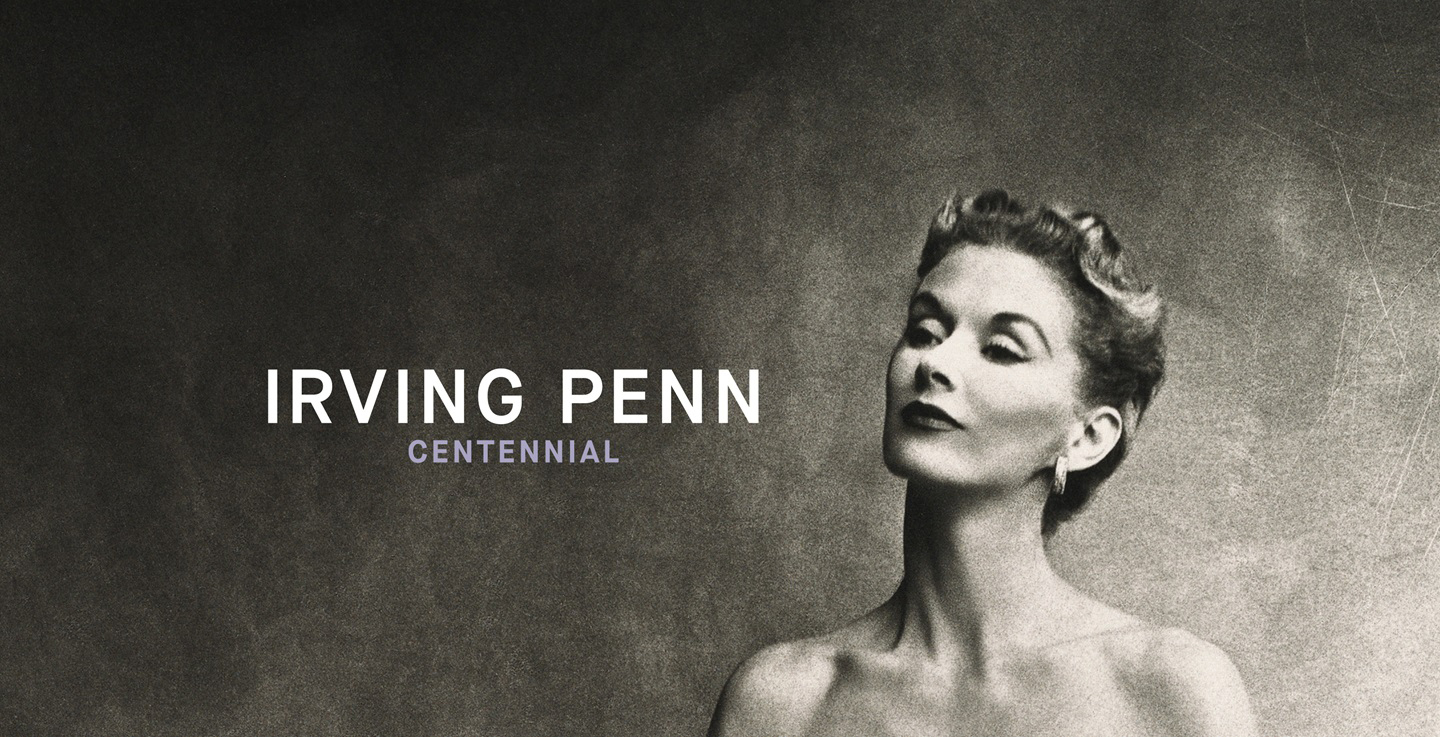















![Irving Penn (American, Plainfield, New Jersey 1917-2009 New York) 'Marchand de Concombres [Cucumber Seller]' 1950, printed 1976 Irving Penn (American, Plainfield, New Jersey 1917-2009 New York) 'Marchand de Concombres [Cucumber Seller]' 1950, printed 1976](https://artblart.com/wp-content/uploads/2017/07/penn-marchand-de-concombres-web1.jpg?w=650&h=835)
















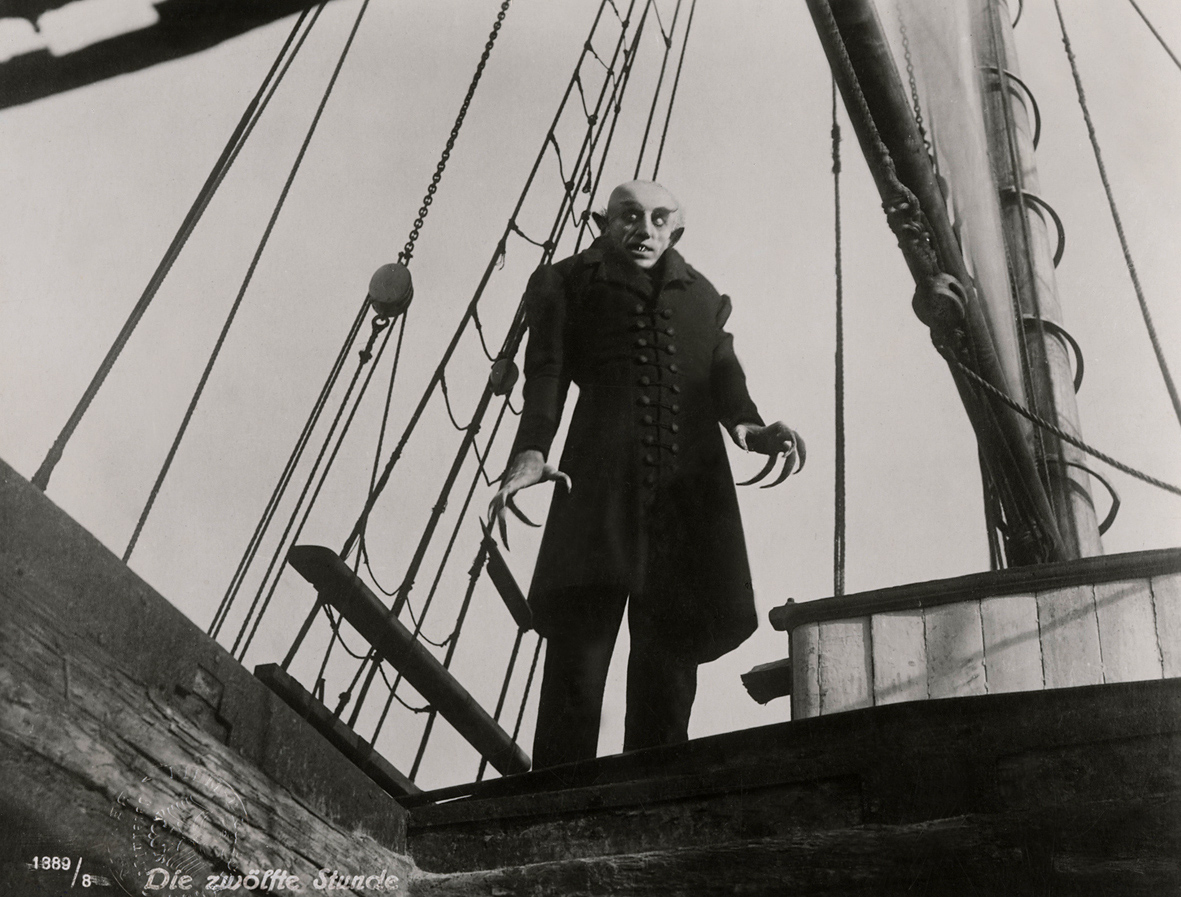





















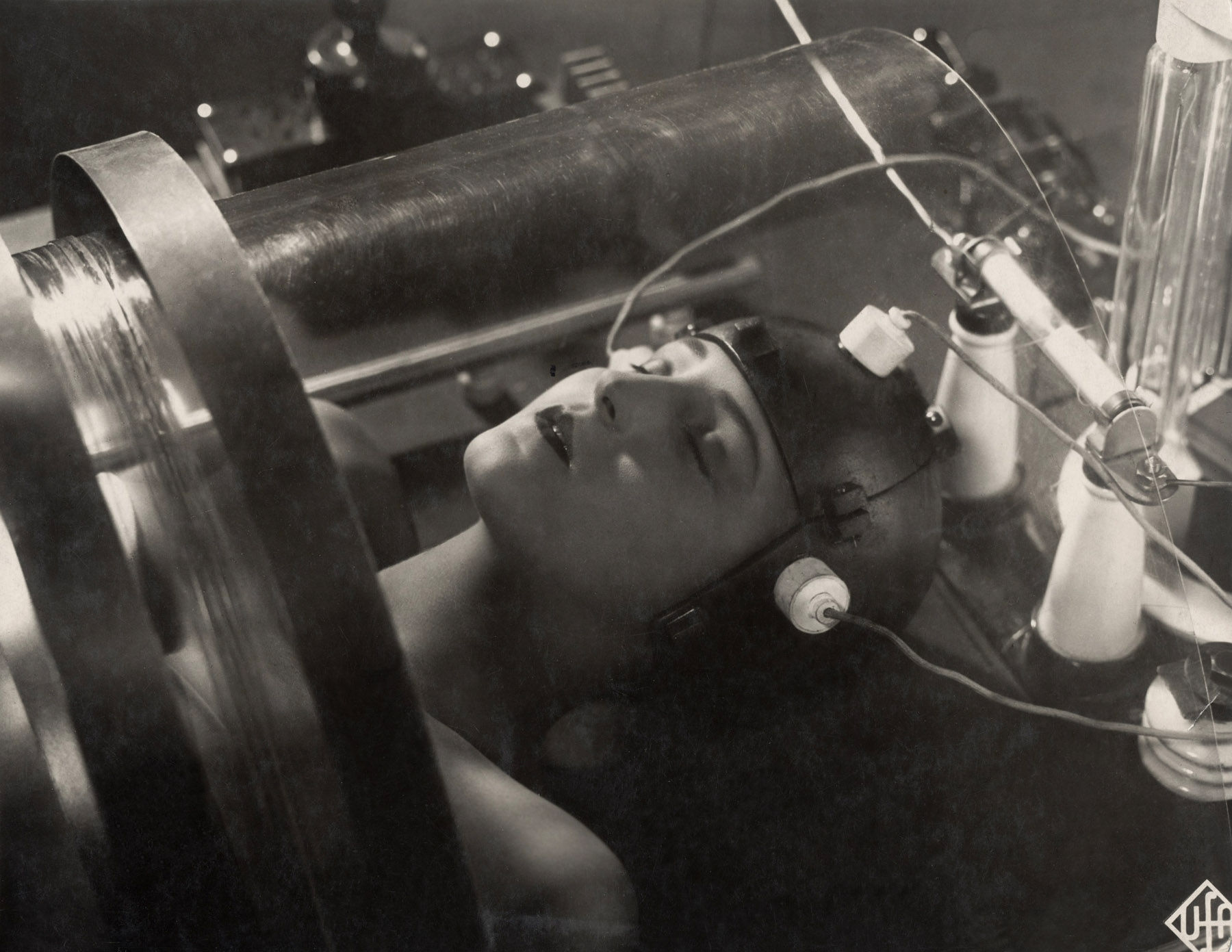


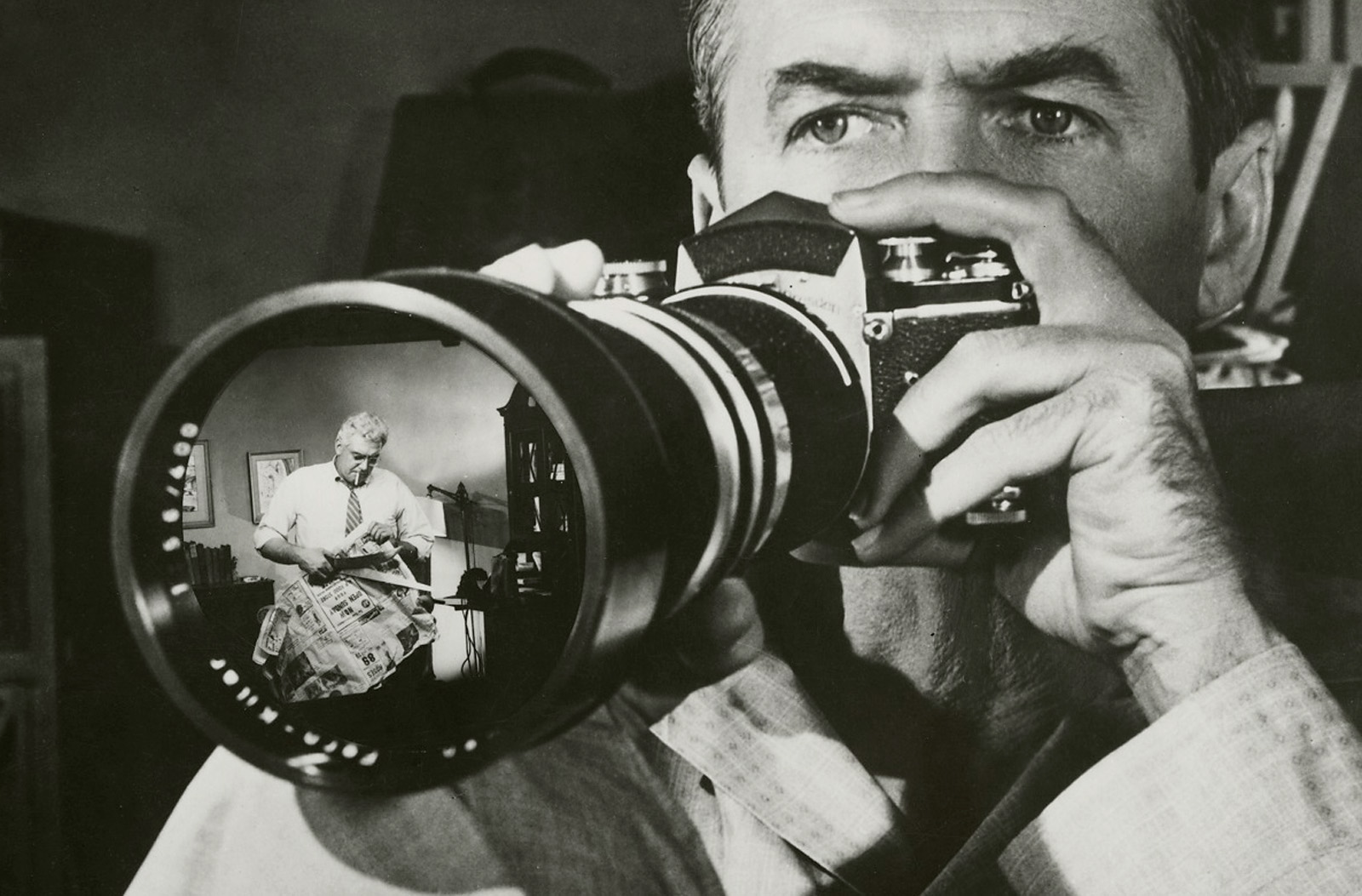




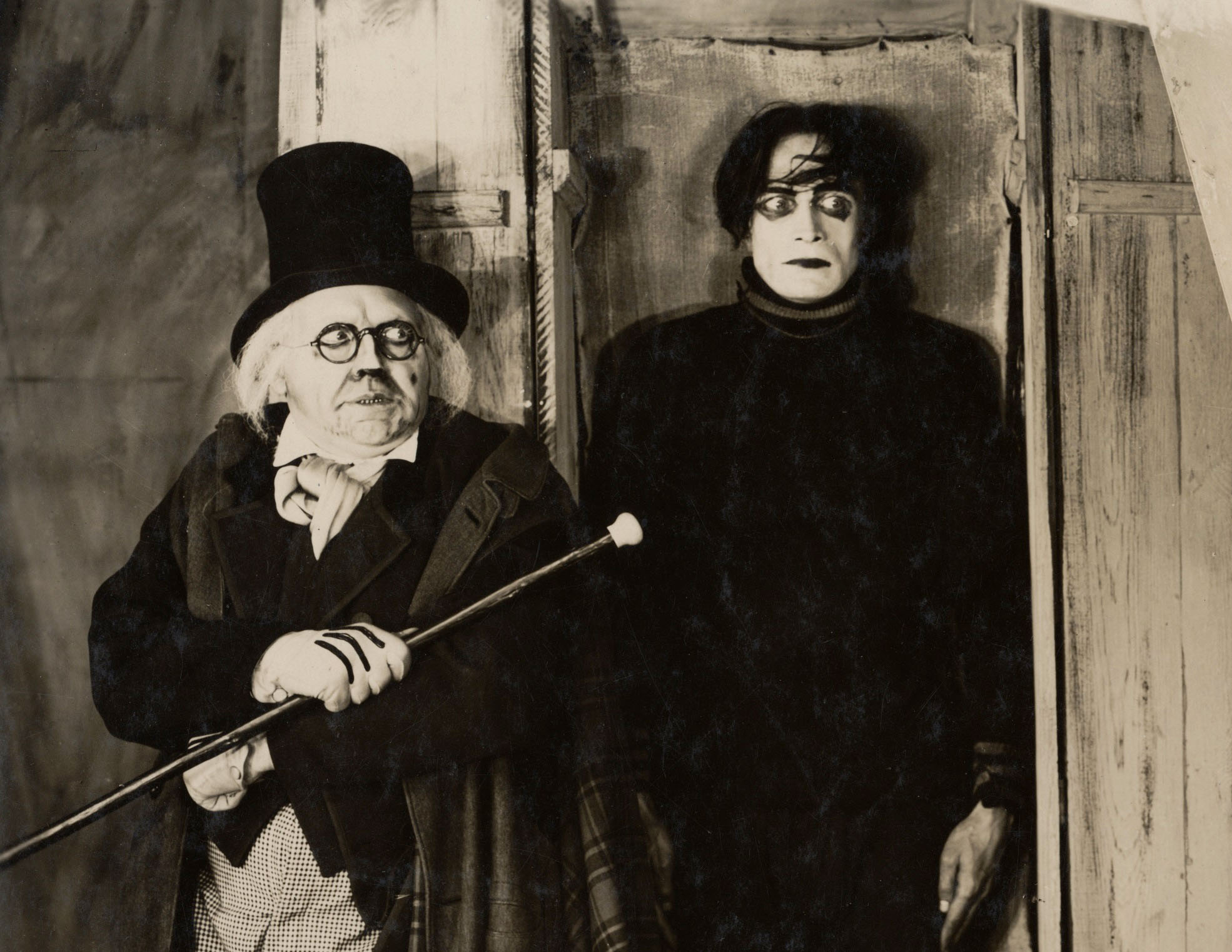






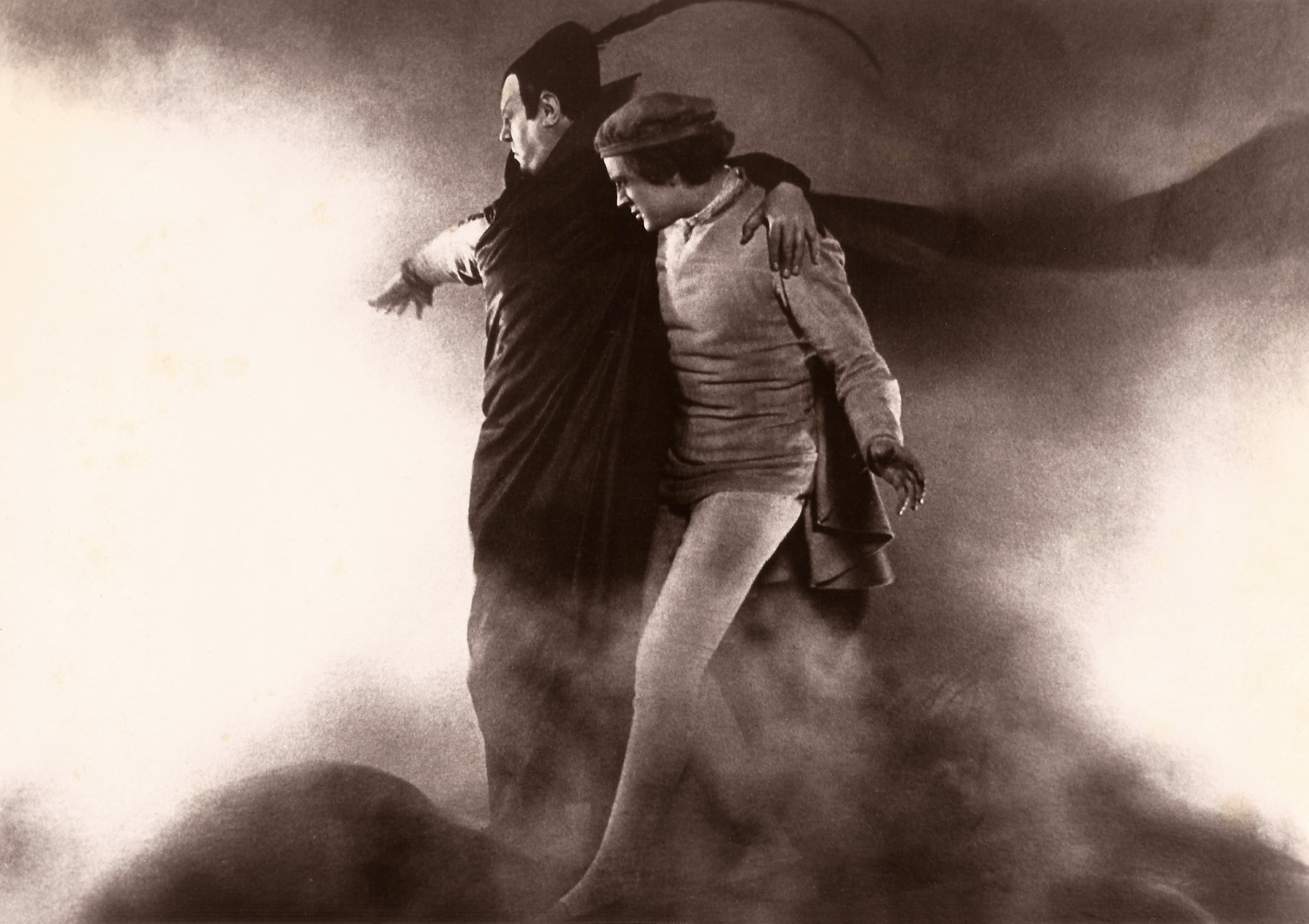
You must be logged in to post a comment.